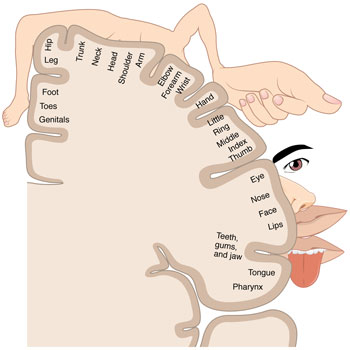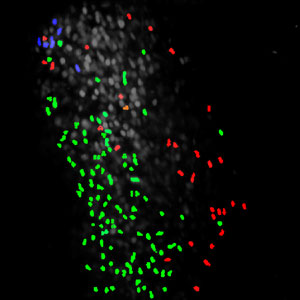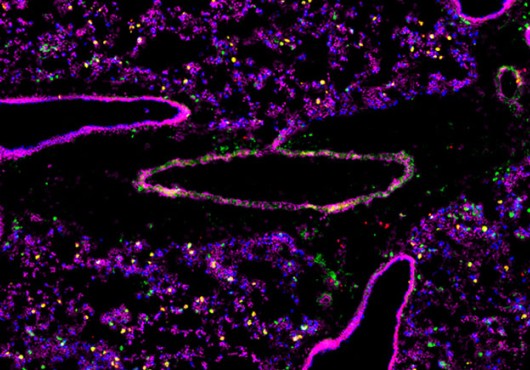
Most of us think little of why we feel pleasantly full after eating a big holiday meal, why we start to cough after accidentally inhaling campfire smoke, or why we are hit with sudden nausea after ingesting something toxic. However, such sensations are crucial for survival: they tell us what our bodies need at any given moment so that we can quickly adjust our behavior.
Yet historically, very little research has been devoted to understanding these basic bodily sensations—also known as internal senses—that are generated when the brain receives and interprets input from internal organs.
Now, a team led by researchers at Harvard Medical School has made new strides in understanding the basic biology of internal organ sensing, which involves a complicated cascade of communication between cells inside the body.
In a study conducted in mice and published Aug. 31 in Nature, the team used high-resolution imaging to reveal spatial maps of how neurons in the brain stem respond to feedback from internal organs.
Science & Medicine, Delivered
Harvard Medicine magazine in your inbox
I think understanding how sensory inputs are encoded by the brain is one of the great mysteries of how the brain works
Stephen Liberles
Professor of cell biology at HMS and an investigator at Howard Hughes Medical Institute







